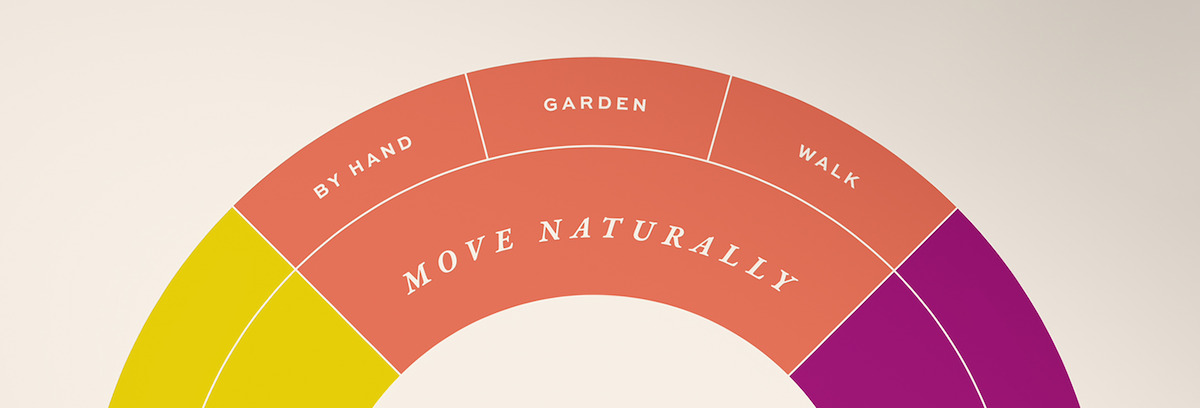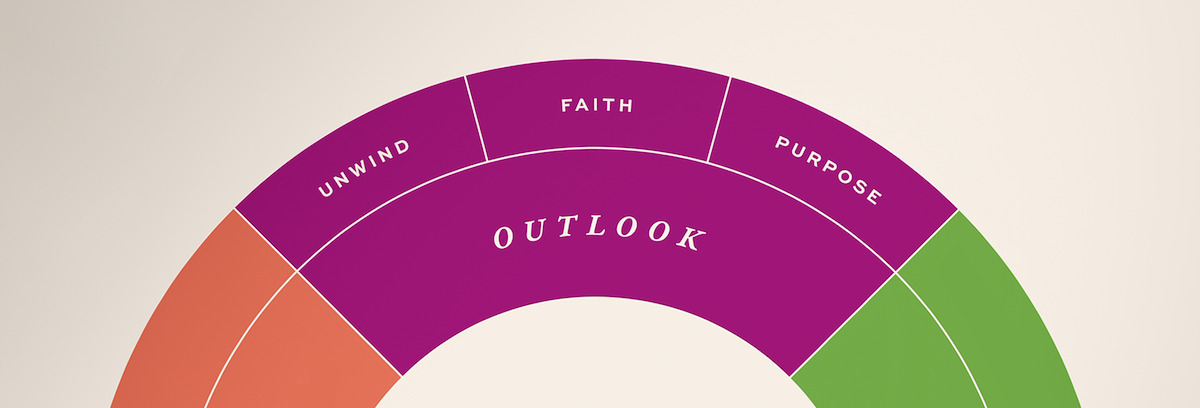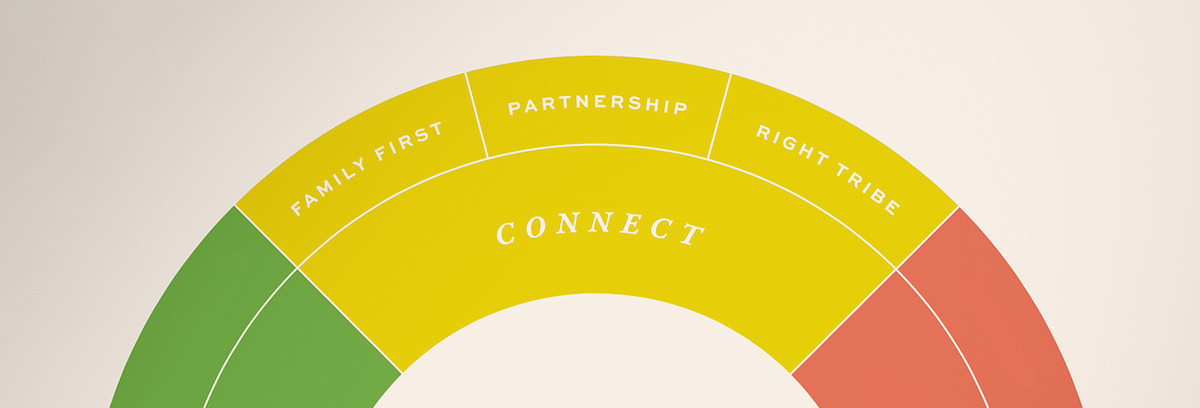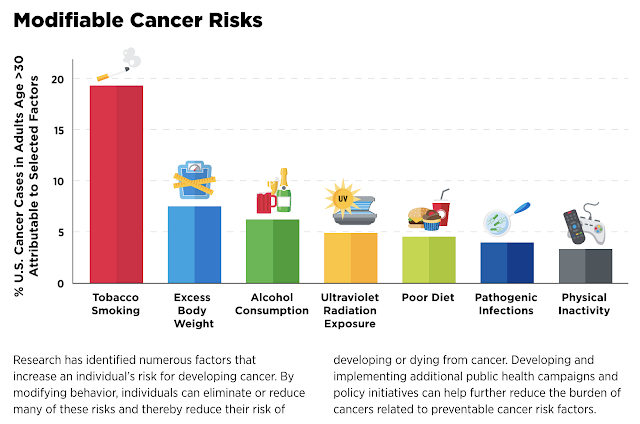How to Live to 100, Wherever You Are in the World: Review
As The Blue Zones author and educator Dan Buettner explains: The habits, diets, and lifestyles of blue zone centenarians are simple, but they have the ability to change everything.
“I have found that most of what people think leads to a long, healthy life is misguided or just plain wrong,” says Buettner in the Live to 100 docuseries inspired by his book, pointing to our obsession with diet plans, gym memberships, and expensive supplements — aspects of life that are noticeably absent from blue zone lifestyles. As Buettner says, “The fact of the matter is that most of us are leaving good years on the table.”
So, what are these habits? They’re as simple as opting for a mechanical gadget rather than an automatic one, as pleasurable as having a glass of wine in the evening to unwind, or as intuitive as knowing what your purpose is in life and choosing to fulfill it every single day.
The truth is these transformations are possible and attainable. After all, as the docuseries points out, “the same things that help us live a long and healthy life are the things that make life worth living.” Take a look at the 12 patterns that emerged from the blue zones and find ways to integrate them into your life and community.
Disclaimer: The series is designed to entertain and inform –– not to provide medical or health advice. Always consult your doctor when it comes to personal health or before you make any changes to your diet, exercise, or lifestyle.

Make movement a habit
By hand: Blue zone elders don’t rely on many gadgets to get things done. They’re used to chopping wood, kneading bread, making crafts, and doing their hobbies by hand. Besides keeping their muscles and brain active, seeing the fruits of their labor can help derive a sense of fulfillment. Like 102-year-old Dora Bustos from Nicoya who still makes rosquillos by hand, a tradition she’s passed onto the next generations.
Walk: Instead of defaulting to cars as their method of transport, blue zone members walk everywhere. This helps them get regular exercise while spending time in the great outdoors. In Sardinia, the roads’ steep inclines were correlated with longer life spans compared to neighboring towns with flatter roads.
Garden: A green thumb helps elders lower their center of gravity and practice their balance, as seen in the first episode in Okinawa. Just like doing things by hand, gardening can be both rewarding and stress-relieving. 
A positive outlook is everything
According to Buettner’s research, those who live in blue zones tend to maintain a state of calm and have lower stress levels reported across the board. Some of the ways they cultivate peace of mind include:
Unwinding regularly: Though people in the blue zones work hard and well past the typical retirement age, they find time to decompress every day. Rather than de-stressing by sitting on a couch doom-scrolling, they turn to socializing, dancing, and even drinking together.
Finding faith: Regardless of their denomination, people in the blue zones tend to belong to faith-based communities and devote time towards their respective religious communities.
Developing a sense of purpose: Whether it’s ikigai or plan de vida, the blue zones have a vocabulary for why they wake up every morning with an idea of what they bring to the world.

Eating wisely
What and how much we eat can greatly impact our health and longevity. But the answer isn’t necessarily strict, sad diets devoid of the good stuff.
Plant-based: Most blue zones eat primarily plant-based diets, with up to 95% of their diets coming from a diverse array of vitamin and protein-rich vegetables, beans, and nuts. Dishes can range from the traditional minestrone to the Nicoyan “three sisters” of bean, squash, and corn. Get inspired and try a Blue Zones recipe this week.
Wine: Except for the Adventists in Loma Linda, all blue zones drink one or two glasses of wine per day while socializing with their community. Take the Ikarians in Greece who regularly pair their homemade wine with community get-togethers.
Moderation: Okinawans have a saying, hara hachi bu, which reminds them to stop eating when their stomachs are 80% full. They also practice several mindfulness habits at the dinner table, including eating slowly to allow the body to respond to cues and focusing on the food to savor flavors.

Connect with others as often as possible
Regardless of age, everyone in the blue zones forms genuine connections with members of their community. It’s the most critical commonality between all the blue zones, and likely the most impactful secret to longevity.
Family first: They place family first, especially when it comes to elders. Keeping aging family members close by or within the family home ensures they’re still connected across generations. This has a real impact on how long they live, as seen in Sardinia’s absence of nursing homes.
Partnership: People in the blue zones invest in their romantic unions and forge strong and loving partnerships, including marriages.
Right tribe: It’s not all romantic. Having an immediate social circle to depend upon and invest in is crucial to longevity. In Okinawa, some elderly form moais, or groups of neighborhood friends, that meet regularly and support each other in times of need.

What are the Blue Zones?
To date, Buettner’s travels and research have unveiled Okinawa, Japan; Sardinia, Italy; Ikaria, Greece; Nicoya, Costa Rica; and Loma Linda, California, as Blue Zones with the highest rates of living centenarians.
What do the Blue Zones have in common?
According to Live to 100, these five spots share some similar elements — a plant-based diet, natural movement, and putting family first — that have been linked to longevity and health. Live to 100: Secrets of the Blue Zones executive producer Angus Wall says that MakeMake Entertainment collaborated with Buettner for five years to accurately and thoroughly tell the important stories of people living in these areas of the world.
“MakeMake wants to put stories out into the world that help us figure out how to move forward, and it’s been very inspiring to experience the lives of so many individuals who know how to truly live,” Wall told Netflix. “We can’t wait to share their wisdom with the rest of the world.”
Reposted from: https://www.netflix.com/tudum/articles/live-to-100-secrets-of-the-blue-zones-documentary



.png)




Comments
Post a Comment